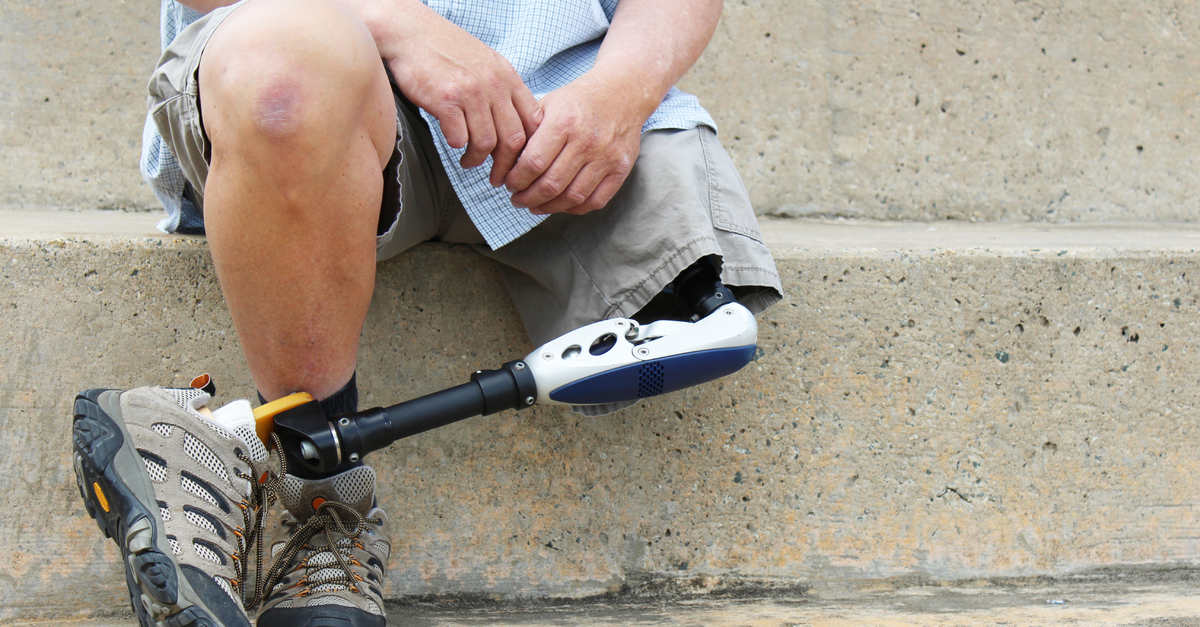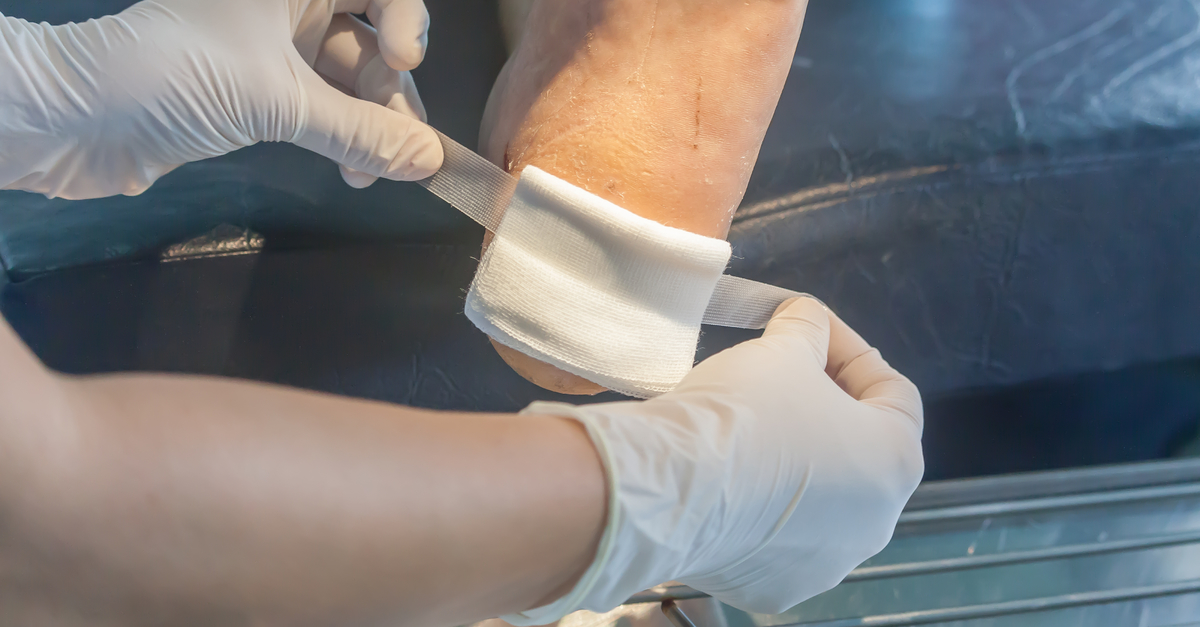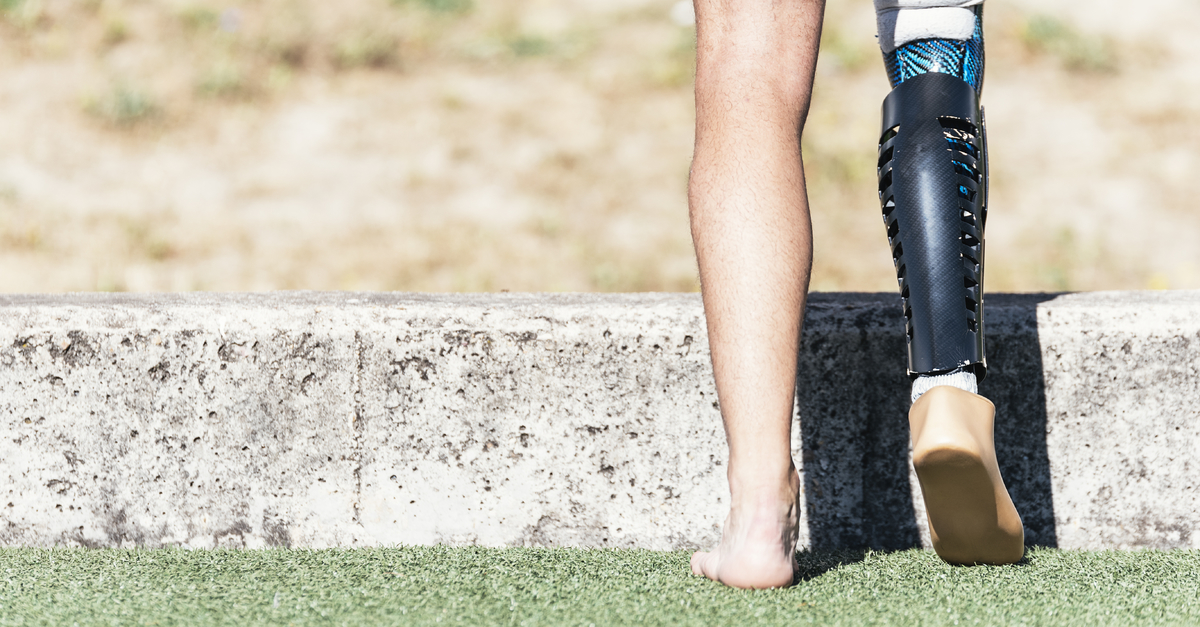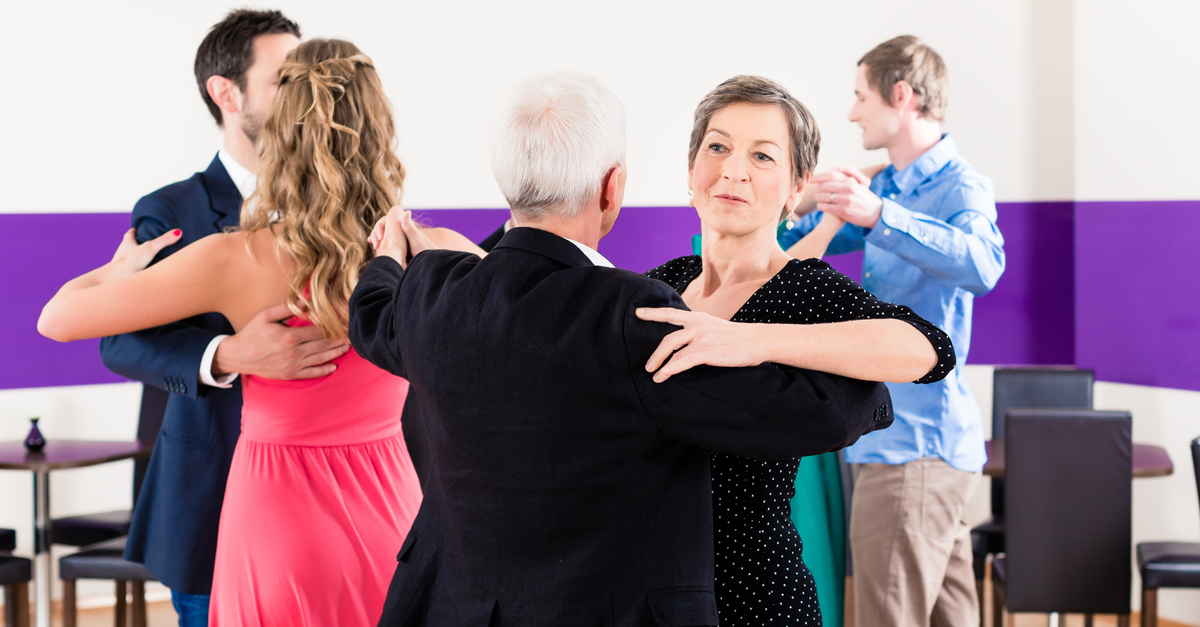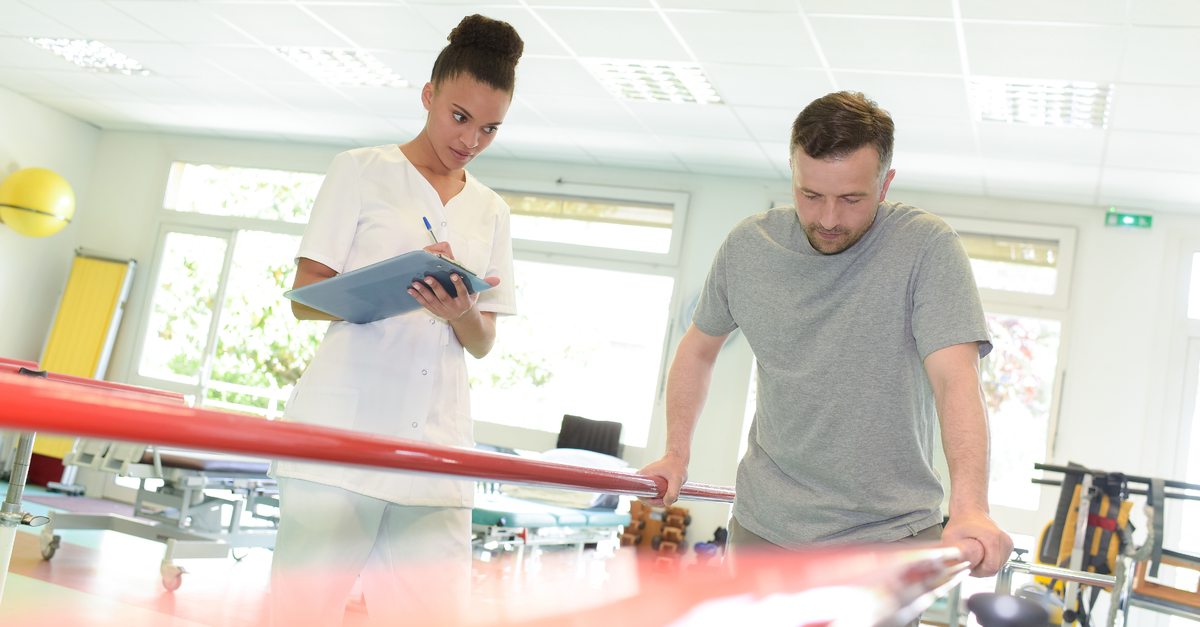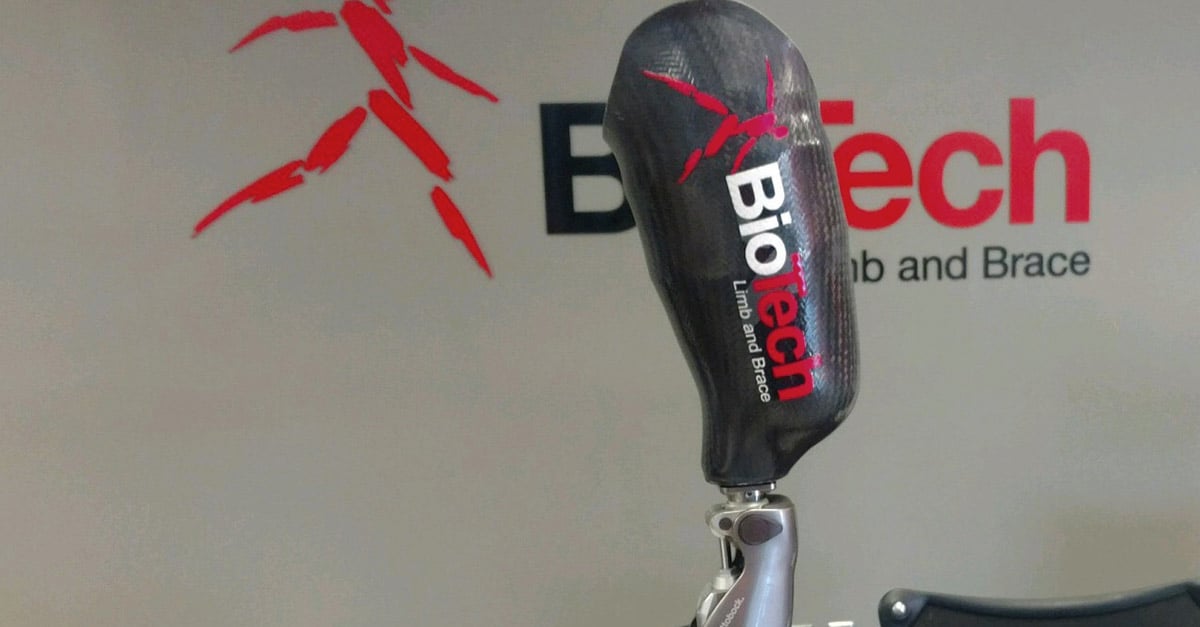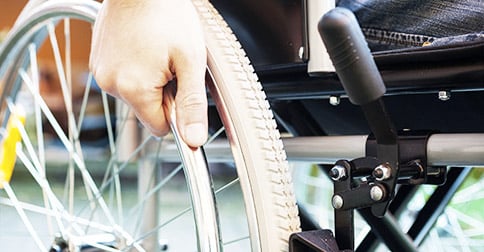Phantom limb pain, or PLP, is a frustrating symptom of limb loss that still doesn’t have a simple solution due to its unique nature. Even though the limb is no longer there, the patient feels a painful sensation that’s been described as everything from itching to burning. The severity and length differ from patient to patient, but it remains unpleasant no matter how extreme it feels. While there isn’t one simple method of solving phantom limb pain, a combination of different treatments can dramatically reduce the symptoms.
Understanding Phantom Limb Pain
Although there is still much to be learned about PLP, the modern day consensus is that it’s created by signals from the brain and/or spinal cord. Due to this belief, many recent treatments aim to fix these signals to reduce the pain. An important thing to understand if you are experiencing phantom limb pain is that seeking treatment needs to be a priority! Many people dealing with these symptoms are afraid of telling their loved ones due to a fear that they will be deemed “crazy” or “dramatic.” However, sharing your pain and finding the solution doesn’t need to wait any longer than necessary. The earlier you get a doctor to review your symptoms, the faster the symptoms will go away.
Solutions
As we said earlier, there is no one end-all solution for phantom limb pain as this point in time - but there are multiple methods that can do wonders for your symptoms. The best option varies for each patient, but here are some of the most used methods:
- Deep brain stimulation - This technique sends electric impulses to the surface of the brain to reduce the level of pain felt by the patient. As we said earlier, the brain is viewed as a cause for PLP symptoms, so this addresses the problem “head-on.”
- Local Injection Therapy - You’ve probably heard of pain blocks for back issues and similar injuries, and this is no different. The injection will take place on the affected limb.
- Mirror Box Therapy - This is not a surgical procedure, but rather a conditioning of the mind. While participating in physical therapy, this exercise requires the patient to look in a mirror so the brain registers that there is no longer a limb where there once was.
- Nerve cuff stimulation - An impressive display of technology that sends positive signals through the nerves of the affected limbs. This actually allows the patient to be in control, as they can send a signal whenever they are feeling pain.
- Non-opiate analgesic - When the pain is unbearable, pain medications will decrease the level of discomfort that the patient feels.
BioTech Can Help!
From the pre-op consultations to the physical therapy after, BioTech has years of experience guiding our valued patients through the various trials that await them - including PLP. Not only do we understand the problems that are going to occur, but we know the proper methods to solve them. Have a question for the BioTech team or looking to upgrade your prosthetic experience? Contact us today!
Diabetes creates an assortment of unpleasant symptoms for the human body, but diabetic foot ulcers are by far one of the most concerning. When most people think of ulcers, they picture an irritating bump on their tongue, but foot ulcers are much more serious. Skin tissue breaks down and exposes the layers underneath, which leads to these layers being damaged.
Not only is this a serious concern, but it’s also a common one. 10% of diabetics will have to deal with this frightening symptom. Taking care of your feet is always important, but especially with diabetes. Proper foot care does so much for avoiding this life-changing problem, but even if you get foot ulcers, it’s not too late to treat them!
Treatments
More than likely, your doctor will diagnose your foot ulcer as one of these four conditions:
- (No infection) No ulcer yet, but the foot is at risk
- (Mild) Ulcer is present, but no infection
- (Moderate) Ulcer is deep in the body, affecting tendons and joints
- (Severe) Ulcers and infection are high
Depending on the diagnosis, there are a number of ways to treat foot ulcers. Various medications, equipment, and even surgery can be used to prevent this unpleasant issue from growing even more serious. Some of the more common methods are diabetic shoes, debridement (removing dead skin or anything that may have created the ulcer), antibiotics, and treating foot deformities that may be contributing to the problem.
Preparing for Limb Loss
If the ulcer continues to infect surrounding tissue, then amputation may become the best option to help preserve the rest of the leg. Another reason for amputation is critical ischaemia, which prevents the foot from properly healing. These are extreme measures that are only taken when it will improve the wellbeing of the patient.
It’s important to be prepared, both mentally and physically, before undergoing such a life-changing operation. Don’t be afraid to ask questions and prepare yourself for major changes in your daily routine. After surgery, it’s important to not only have a qualified prosthetic and orthotic team - but one that is capable and passionate about providing the best resources and support every step of the way. Have any questions about what to expect or improving your prosthetic experience? Contact BioTech today!
Using a prosthetic device creates an unfathomable amount of new freedom for those who’ve experienced limb loss, but there are still a couple of inconveniences that come along with them. Learning methods to improve your comfort and functionality is important for improving your overall well-being. There are thousands of wonderful items out there that make the little things more convenient. Keep reading to find out a few of our favorites!
Oils
It doesn’t take much for skin to get irritated, as many prosthetic users can say. But there are many oil-based accessories to decrease the amount of irritation your skin faces on a daily basis -- all you have to do is find the best one for you! Here are some of the ones we have found most effective:
- Body Oil - Apply this to the skin at the top of your liner to reduce redness.
- Coconut Oil - This oil has garnered quite the reputation as being the ultimate fix-all, and this applies to damaged skin. Apply it at night for recovery of the skin that experiences rubbing from your prosthesis.
- Jojoba Oil - Putting this on before you go to bed will help reduce any irritation you may have.
- Silicone-based lotions - We understand that this isn’t the typical recommendation, but this particular type of lotion absorbs less than others, which gives your skin a break from the uncomfortable side effects of rubbing against a prosthesis.
Clothing
Clothing is a major part of who we are, but it can sometimes get complicated with a prosthetic limb. Shoes and pants especially face some difficult scenarios, but there are ways to prevent minor inconveniences. One that we see a lot would be sockets tearing away at pants. Ironing patches on the inside of your pants, where the rubbing occurs, can help prevent it from damaging your clothes! In regards to shoes, sandals and flats will often be a pain to walk in. However, Velcro is a great solution to combat this problem!
Ask Us Your Convenience Questions!
We’ve seen a lot of great ideas in our 17 years as a company, which gives us plenty of advice to share for those with questions. Every part of BioTech, from the building to the technology, is designed to give our patients the easiest experience possible. This includes our staff, who are knowledgeable, experienced, and have a passion for helping motivated individuals turn their disabilities into possibilities! Contact us today for more information.
Dancing with a prosthesis may not sound like the biggest obstacle after learning to walk and run, but it does bring a new set of challenges! More than this, though, it can bring a new level of joy into our lives. While all forms of upward mobility are important for our physical well-being, there’s something about shaking our hips to the beat of a song that can’t be replaced. Whether it’s for a wedding, a school event, hanging out with friends, exercising, or any other reason - learning to dance is great for both the mind and body. Keep reading for more information on why it’s so important and what to expect when hitting the dance floor.
Benefits of Dance
Dancing has numerous benefits for the human body. This includes improvements to muscular strength, aerobic fitness, weight loss, bone strength, and increasing the health of our heart and lungs.
Besides the physical benefits, there are many social benefits. It would be hard to argue that getting out, being active, and enjoying the night with friends is bad for you. All of this is even more true for those who’ve experienced limb loss.
Having the willpower to continue improving one’s body with a prosthesis can become an incredibly difficult task at times, but having a fun activity to focus on can make the experience much easier. Dancing also helps with certain movements that are important for everyday living!
Improving Your Moves
Dancing involves a lot of movement in a lot of directions, which is great for gait training. One of the most difficult aspects of most prosthetic devices is walking backwards. It’s certainly no walk in the park, but dancing classes provide a fun way of learning these reverse moves. In the case of dancing lessons, one step forward really is taking two steps back!
Just like other activities on a prosthesis, there will be multiple obstacles during the learning process, like soreness and control. However, having a great support group, a positive instructor, and a good attitude provide a path to perseverance.
Ask BioTech for More Information
We have decades of experience helping those with limb loss accomplish anything and everything that they desire. Don’t believe that we can help people improve their dancing skills? We actually helped Noah Galloway with his Dancing with the Stars appearance, along with preparing to rock climb and other activities! Contact us today to learn how we can turn your disabilities into possibilities.
Gait training is physical therapy that focuses on improving the patient’s ability to walk. It’s used to help patients recover from any injury or condition that impairs upward mobility. Understandably, this is very important to people who’ve recently received a leg prosthesis. It’s a long, difficult road to recovery, but the outcome is well worth the effort. What exactly does gait training involve? Read further for a better understanding of the recovery process!
Strength
The key to strength training is recognizing which muscles need improvement and focusing on them. Of course, since these muscles are weak starting off, it won’t feel too pleasant at the beginning. The burning in the muscles means you're getting stronger, and soon, your walking will improve more than you could imagine. Repetition is important for getting these muscles back to working condition, so stay focused on the end goal no matter how tough it feels to keep moving forward. You WILL thank yourself later.
More Advanced Exercises
Once the muscles begin to strengthen, we can focus on more individual tasks to improve mobility. Having sturdiness back in the lower body is wonderful, but there are still movements that need to be mastered. This involves more aerobic-based exercises, like treadmill training or mobility training. These can help you get accustomed to movements involved in walking, running, bike riding, and other activities with a focus on the lower body. The main focus should be on repetition and working up a sweat. Don’t worry about how fast you’re going or if you get tired easily. As long as you’re putting in effort and staying consistent, the results will show!
Contact Us for Help!
BioTech has decades of experience with both designing prosthetics and helping our patients with the journey back to an active lifestyle. Our team has the experience and passion to provide the best possible outcome for anyone who’s ready to turn their disabilities into possibilities. This is much more than a job to the BioTech team; it’s our joy and calling. Looking to take the next step towards a full recovery? Contact us today for more information!
Amy Purdy has inspired millions of people across the world with her seemingly endless resume of accomplishments. For most people, making it through a 2% chance of surviving would be impressive enough, but Amy continues to push past any perceived limits of success. Her story is truly an inspiration, not only to those who have experienced limb loss, but for anyone looking to better themselves and achieve the impossible.
Experiencing Limb Loss
Amy was already a motivated individual at the age of 19, but certain events were about to make or break her attitude towards self-productivity. This is when she contracted Meningococcal Meningitis, which began as flu-like symptoms -- and then put her in septic shock within 24 hours. She later lost both of her legs, both kidneys, and her spleen. She would begin moving toward the use of prosthetic devices as soon as possible, and received a kidney from her father two years after she lost hers.
Staying Motivated
It didn’t take much to motivate Amy. Less than a year after receiving her prostheses, she was hitting the slopes! Not only was she snowboarding, she was winning awards while doing so. After placing third in a competition, the Challenged Athletes Foundation offered her a grant that would allow her to competitively snowboard across the United States.
Continued Success
Amy moved to San Diego in 2003. While she continued to work with the Challenged Athletes Foundation, she also explored many other interesting professions. Some of the amazing things Amy has done since then include:
- Actress - This includes everything from Madonna music videos to Super Bowl commercials and winning awards for lead roles in independent films. She also appeared on The Amazing Race and had a historic run on Dancing with the Stars!
- Author - Her 2014 book, On My Own Two Feet: From Losing My Legs to Learning the Dance of Life, was a New York Times Best Seller.
- Modeling - Amy starred in multiple projects, including a very impressive performance with Nikki Sixx.
- Motivational Speaker - Considering all of Amy’s other accomplishments, this one only made sense. Some of the most memorable have been a tour with Oprah Winfrey and a very quotable presentation at a TEDx Talk event in Orange Coast, California.
- Paralympic Athlete - Amy was a prominent figure in the 2014 games, and won the bronze medal in Snowboard Cross.
To sum it up, there is nothing Amy Purdy can’t do! She is a one-stop resource for all things motivational, and we look forward to witnessing her continued moments of greatness.
We Turn Disabilities into Possibilities
BioTech has been in the prosthetic and orthotic industry for over 15 years, and our combination of experience and innovation allows us to help our clients in unique ways. Individuals like Amy Purdy not only affirm what we do, but they motivate us to continue pushing forward. Contact us if you are interested in learning more about our process.
The idea of a personalized prosthesis may sound crazy. Many people view their prosthesis as a simple tool, a method of moving around. However, prosthetic devices create an ability to express who we are that would not normally be available. With an idea and an experienced prosthetist, the limb can become a work of art! But how does it happen?
Why It Matters
The process of getting a prosthetic device can be difficult. On top of that, having people bring it up all the time for whatever reason rarely brings encouragement. Many of our clients have told us that having a custom leg design creates a new sense of individuality and empowerment. We believe that having the power to showcase your personality is a wonderful addition in any aspect of life!
How It Works
When a client decides they want to customize their prosthesis, there are a number of options. The most affordable option would be prosthetic sleeve covers. These allow users to take whatever picture or design they want, and turn them into a sleeve that will wrap securely around the prosthetic. If that isn’t permanent enough for you, talk to your prosthetist about placing custom designs on your next prosthesis! For example, we have created many custom designs out of our carbon fiber prosthetics at the request of our amazing patients, including zebra stripes, camouflage, and of courses, sports teams!
Ideas
There is no limit to what you can have on your prosthesis! It is a part of you, so choose something that describes you the best. Being in the Southeast, we have many people who want to represent their favorite football team. A favorite design, symbol, or even a character from a movie can work. Don’t be afraid to get creative! We recently shared an article on our Facebook page about a girl that traveled the world with a chalkboard-like prosthesis, and wrote the name of each country she visited on her leg. Nothing is impossible, just let the dreams fly!
BioTech Can Help Find the Perfect Prosthesis
We have been working on custom prosthetic devices since 2000, and will always put a focus on what makes our clients the most comfortable. Our number one priority is our patient's well-being and happiness, and we will do whatever it takes to give you the best experience. Contact us for more information.
Are you familiar with the name Aron Ralston? Even if you don’t think you know him, you know his story. His journey into the canyons of southeast Utah in 2003 ended with an unfortunate accident, resulting in his self-inflicted arm amputation to escape a fallen boulder. His story was described in his autobiography Between a Rock and a Hard Place, which was later converted to film through the movie 127 Hours. But what exactly happened in that canyon, and what is Aron up to now?
The Experience
One fateful April day in 2003, Aron Ralston decided he was going to venture around Horseshoe Canyon in a remote area of Utah. While it sounds like a pleasant weekend, it involved dangerous climbs, and he didn’t tell anyone where he was going. He spent the next five and a half days trying to figure out any way to get out from under the boulder and find help. After almost a week of unsuccessfully finding someone to lend him a hand, he realized he would have to lose his. We will skip the details, but the act was even more intense than it sounds. Even more impressive is that Aron tied his own tourniquet and proceeded to repel 60 feet to find help. The experience touched many people around the world and showed millions how far the human will to survive could go.
Life After
Aron had his autobiography published in 2004, which detailed much of his life with a specific focus on the harrowing tale at Horseshoe Canyon. He proceeded to appear in many entertainment platforms including The Simpsons, Tosh.0, and endless late night shows. The most famous of these ventures was, of course, the movie 127 Hours, starring James Franco. The film was nominated for 6 Oscars and propelled Aron and his story to the front of many conversations. Outside of the entertainment industry, he continues to climb and motivate others. Specialized gear like an ice axe, a specialized gripper, and a prosthesis that holds climbing gear provide more than enough support to take on the mountains. He also uses his newfound celebrity status to support charities and raise awareness for various causes.
BioTech Helps Transform Lives
Our passion is helping motivated individuals like Aron Ralston turn their dedication into tangible progress. We have years of experience in the industry and understand that growth is a constant battle, but one that is worth the fight. Contact us for more information on how we can transform your disabilities into possibilities -- together.
Wheelchairs are a wonderful invention that help countless people move faster and more easily than they normally could. While certain situations require the use of a wheelchair and simply don’t allow the option for a prosthesis, there are other times that the option is available -- it just hasn’t happened yet. Whether it is due to finance, pain, worry, or other factors, it is not unusual for those who have experienced limb loss to be hesitant about acquiring a prosthesis. Keep reading to learn more about the considerations of this transition.
Preparation
There will be a lot of tests, both physical and mental, before you can move out of your wheelchair, and preparation goes a very long way in assisting with these challenges. There are many different ways to help yourself:
- Plan Ahead - Recognize what you are going through now, consider the upcoming obstacles, and have a game plan ready! While it sounds simple, it is very important for pushing forward in tough times.
- Take Care of Yourself - This should always be a priority, but take extra care of the limb that will wear the prosthesis. Starting off comfortably will go a long way.
- Exercise - Research the specific muscles that will face the most strain, and work towards making them stronger. Understand that various parts of your body will feel new pressures, not just your affected limb.
- Talk to Your Prosthetist - They will have the experience and knowledge to help guide you towards the path of least resistance.
Practice
When you first start wearing your prosthesis, it may be difficult and frustrating. If you push through, keep learning, talk to your prosthetist, and keep a positive attitude, you will see that the experience becomes easier the more you do it. While practicing by yourself, make sure to walk on different surface types and perform various daily duties with your prosthesis on. Stay calm if you experience a setback (like falling) and keep moving forward -- persistence will pay off!
Participate
This is important before and after the transition to a prosthesis. Having a community that you can talk to will make the process tremendously easier. Knowing that you are not alone in a situation is always comforting, and this is no exception. Walk with friends, check out sports teams, go to the movies, or whatever it is that gets you out and about. You also want to spend time and have good communication with your prosthetist. They will have perspective and updates that can only be achieved with years in the business, along with solutions to any problems you may face.
Let BioTech Help
Two of the biggest parts of walking on a prosthesis successfully are comfort and experience. BioTech provides the highest quality of both. Our personalized BioTech Comfort Socket System allows us to adapt each prosthesis to their individual owner, allowing for maximum comfort. Our team also has decades of experience with not only designing, but teaching, encouraging, and providing support in whatever way is needed. Learn more and contact us for more information.
Raising a child is one of the most stressful, rewarding experiences you will ever have. Long nights with little sleep, constant events to attend throughout the day, and working in between to put food on the table make for quite the busy life. Raising a child with a prosthesis throws even more activity into the mix, but the beautiful moments shine even brighter. From elementary school all the way until graduation, there are challenges along the way that will shake you to your core - and then bring your closer than ever. Let’s discuss a few.
Conversations
There will understandably be many tough questions and conversations throughout the experience of raising your child. Beginning with the early years and increasing as school becomes a factor, there may be questions that you have a hard time answering. Stay informed, be prepared, and always let your child know how much you love them. Don’t shy away from the truth, but deliver it in an uplifting manner, and never let your child think there is something that they can’t do.
School
While school is wonderful for gaining an education and meeting friends, it can be difficult for a lot of children. While most don’t even know it, the honesty of little kids can cause major damage to others. Not to mention kids that are mean on purpose! You may have days where your child comes home crying and doesn’t want to go to school anymore. This goes back to the honest talks and encouragement. Help your child take steps towards making friends, boost self-confidence, and continue being the source of love at home.
Preparing for the Future
As your child grows older, they will begin to handle most of the responsibility of a prosthesis. There will still be lessons that need to be taught before stages like driving, graduating, and moving out. This covers staying safe, upkeep, and the cost of damaging or losing a prosthesis! Just like any high-schooler, there will be moments that you wonder if they are even listening, but keep advising. While it seems like things are going in one ear and out the other, constant reminders are hard to forget.
Keep Up with the Devices
Prosthetic devices are difficult to keep up with, and rapid growth only makes it more difficult. Monitor your child’s growth and make sure that the prosthesis fits. You will also be a major part of cleaning and upkeep in the formative years, and will then need to teach your child how to keep up with socks, put on their prosthesis, and other daily tasks. BioTech has years of experience helping people of all ages with their prosthetics, and we have the technology to make it more comfortable and convenient than ever before. Contact us for more information.
